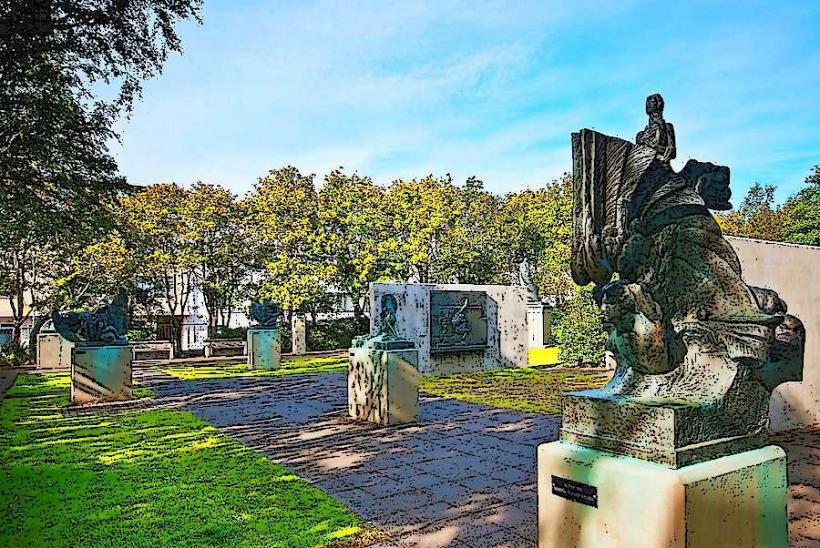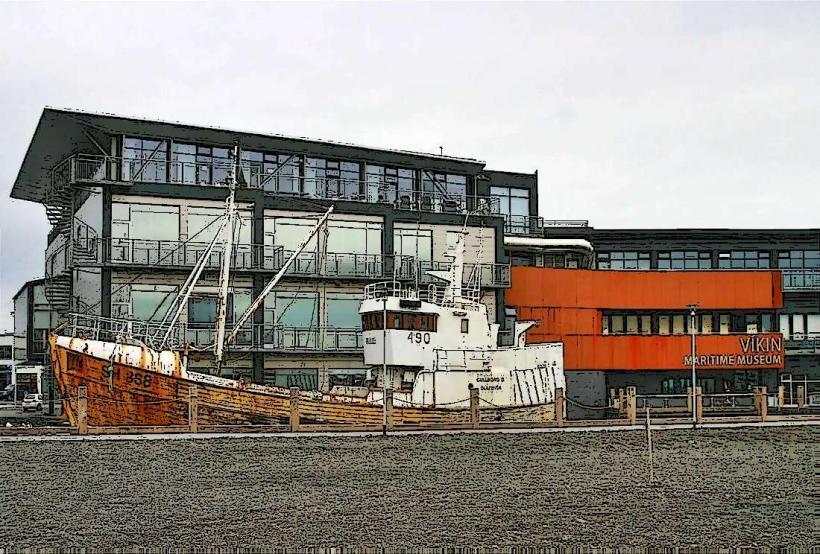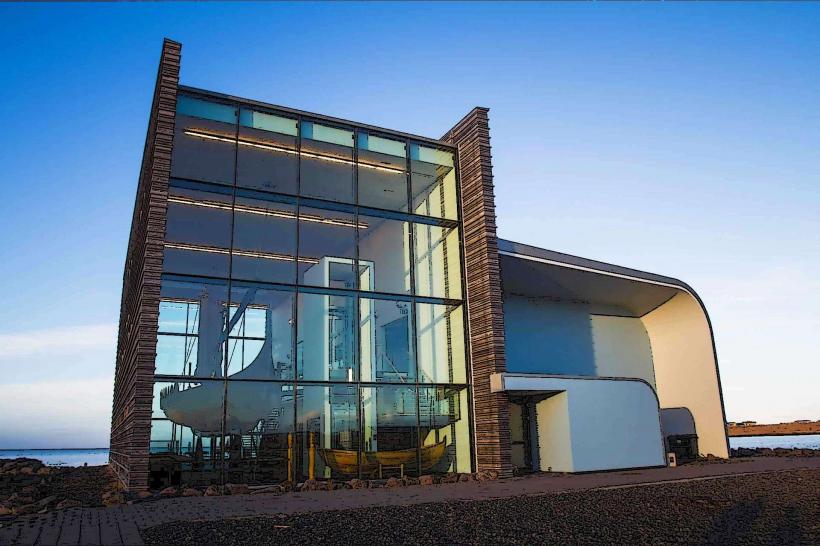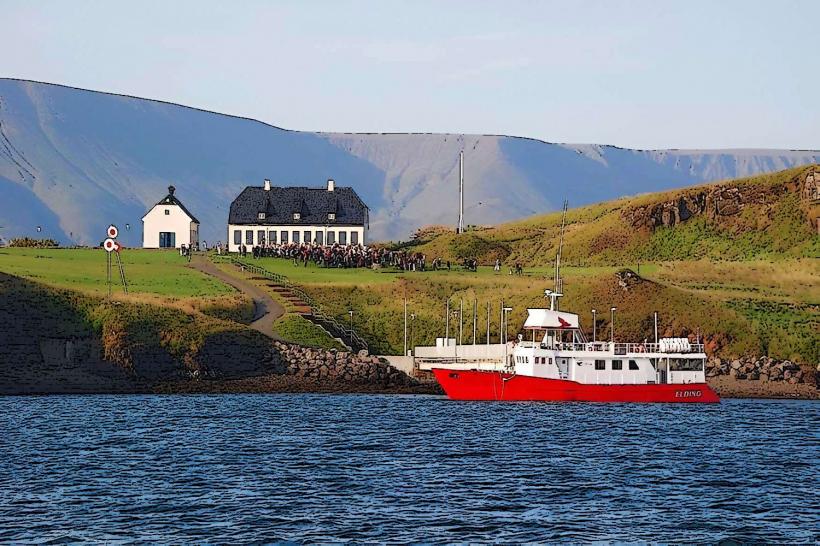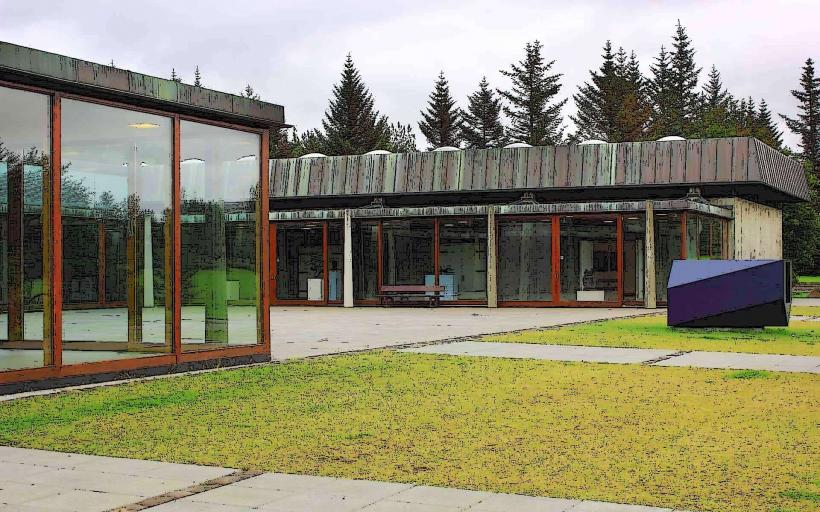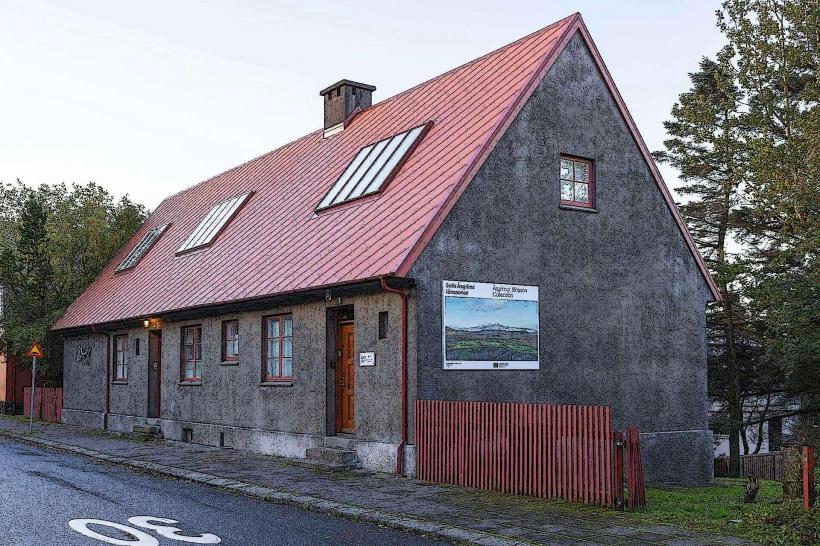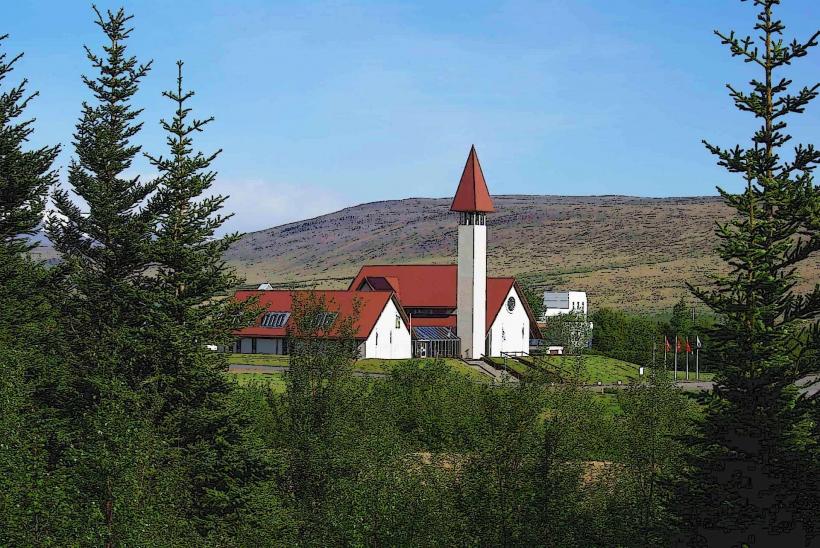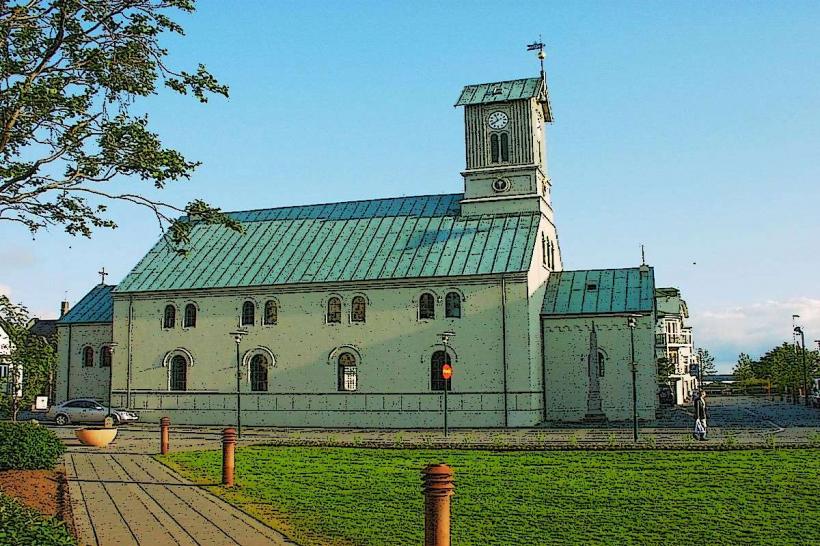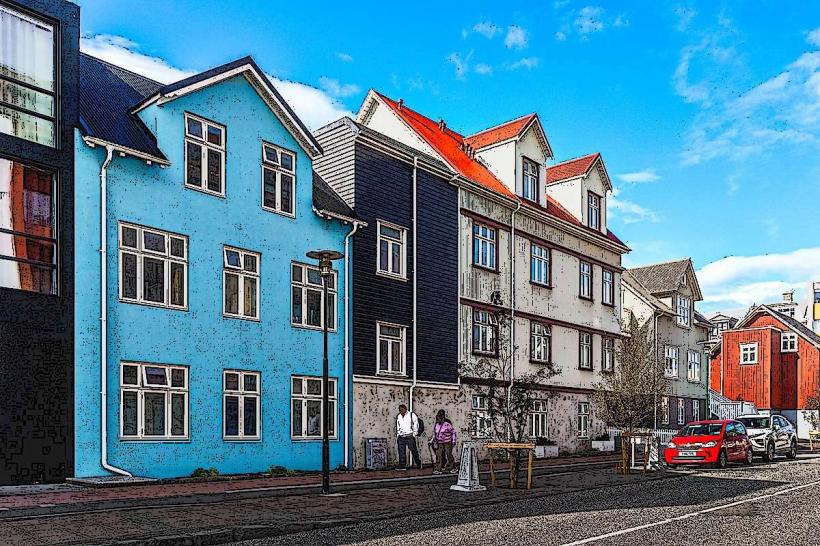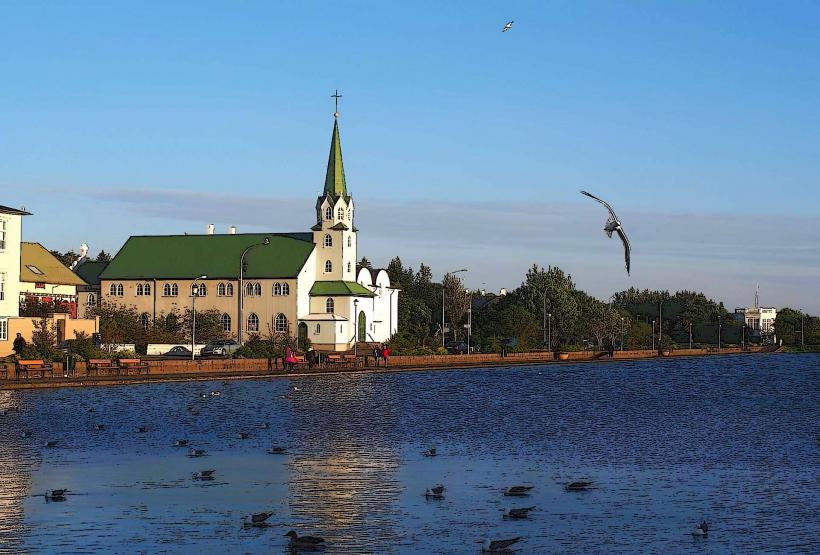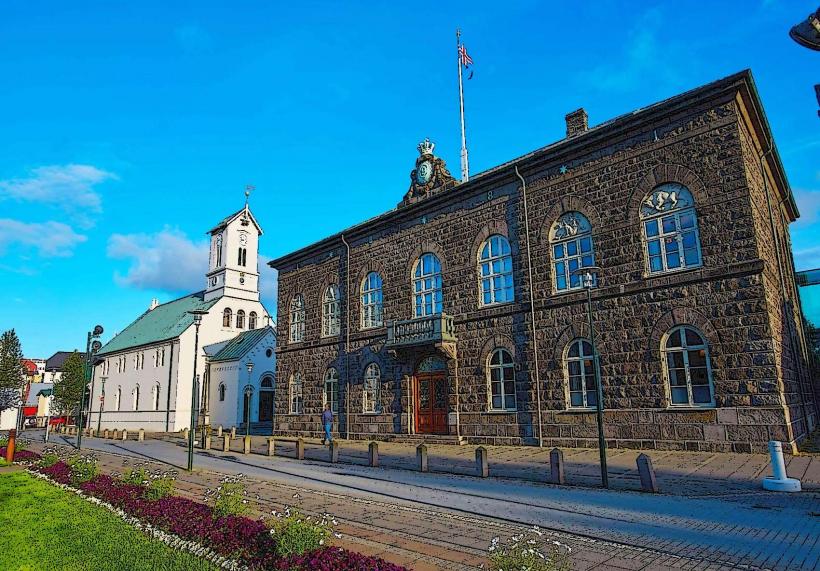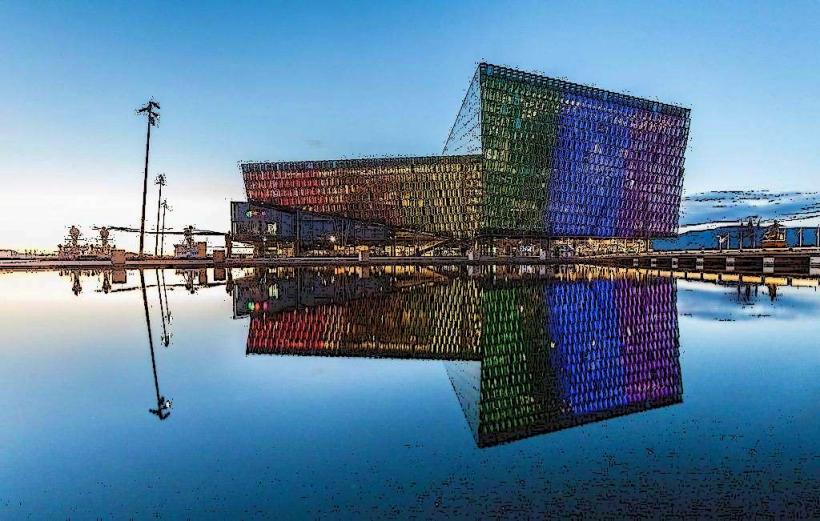Information
Landmark: HallgrímskirkjaCity: Reykjavik
Country: Iceland
Continent: Europe
Hallgrímskirkja is one of Iceland’s most iconic landmarks, located in the capital city, Reykjavik. This striking Lutheran church is known for its unique and modern design, which is inspired by Iceland's natural landscape, particularly the basalt lava columns found in the country’s volcanic terrain.
Design and Architecture
Architect: The church was designed by Icelandic architect Guðjón Samúelsson, whose vision was influenced by the natural forms of Iceland’s volcanic rock formations and the country's rugged landscapes. Construction of the church began in 1945 and was completed in 1986, taking over 40 years to finish.
Style: Hallgrímskirkja blends modernism with traditional church architecture. It stands as a prime example of expressionist architecture. The towering, vertical lines of the church evoke the image of volcanic columns, resembling the formation of basalt columns such as those found at places like the Giant's Causeway in Northern Ireland.
Exterior: The church's facade features a smooth, unadorned concrete exterior that gradually tapers as it rises. Its tall, symmetrical structure is crowned with a spire that reaches 74.5 meters (244 feet) in height, making it the tallest building in Reykjavik.
Interior and Features
Organ: One of the most impressive features of Hallgrímskirkja is its massive pipe organ, designed by the German organ builder Johannes Klais. The organ, completed in 1992, has 5,275 pipes and is a major feature in the church's acoustics, playing a central role in religious services and concerts.
Interior Design: The interior is minimalist, with whitewashed walls and high ceilings that emphasize its verticality. The main hall can accommodate up to 1,000 people. The design inside focuses on simplicity, allowing the architecture and natural light to create an atmosphere of calm and reverence.
Spire and Views
- The church's spire is one of the most recognizable features of the Reykjavik skyline. Visitors can take an elevator to the top for a panoramic view of the city and surrounding landscapes, including the nearby mountains, the sea, and the Reykjanes Peninsula.
Cultural and Religious Significance
- Purpose: Hallgrímskirkja serves as the main church for the Evangelical Lutheran Church of Iceland, though it also functions as a cultural and architectural symbol of the nation.
- Name: The church is named after the 17th-century Icelandic clergyman and poet Hallgrímur Pétursson, who is best known for writing the Passion Hymns, a series of religious poems.
Cultural Events
- The church hosts a variety of events, including concerts, art exhibitions, and national ceremonies. It also serves as a venue for weddings and baptisms. Its central location in Reykjavik makes it a popular destination for both religious services and secular activities, contributing to its role as a cultural hub.
Accessibility
- Hallgrímskirkja is open to the public year-round, with the tower accessible for visitors to take in the stunning views of Reykjavik and beyond. Visitors can also attend services, and there is a small café and gift shop on the premises, where you can buy souvenirs or enjoy a coffee while admiring the architecture.
In summary, Hallgrímskirkja is not just a place of worship but also a symbol of Icelandic identity and pride, combining innovative design with the beauty of the natural world. It stands as a beacon of Reykjavik's unique character and is a must-see for anyone visiting Iceland.


